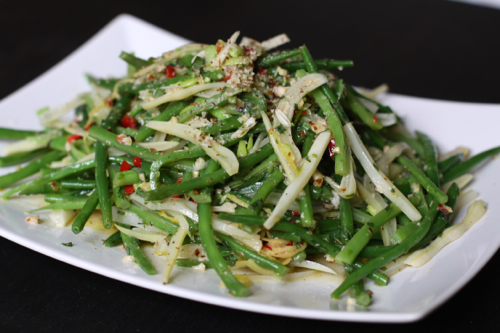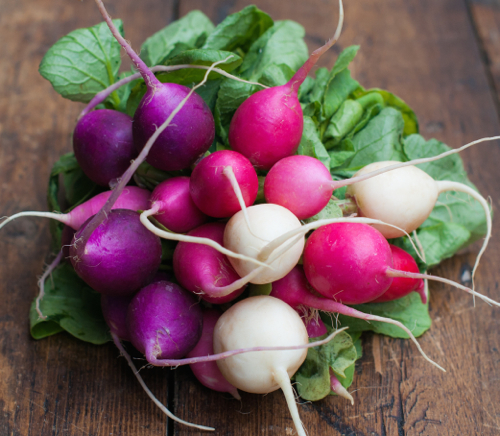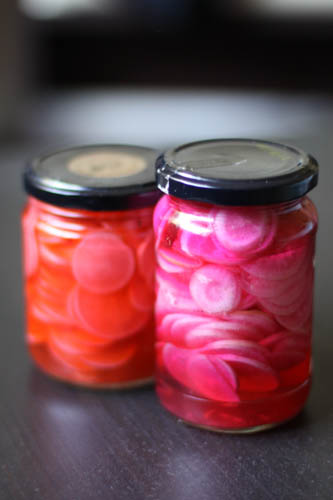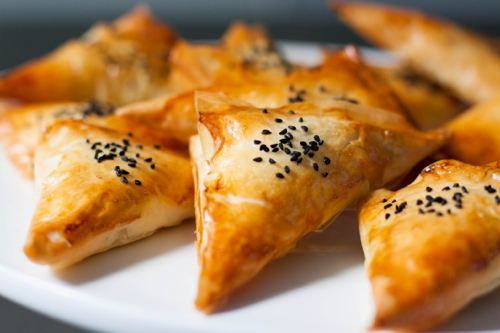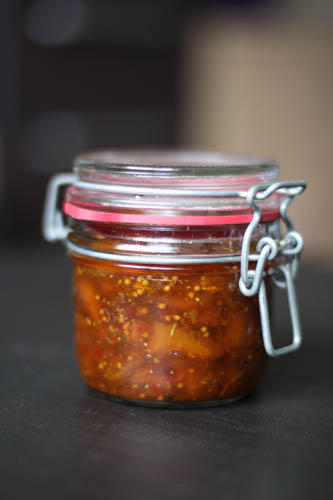Monk's beard with burrata
 Tuesday, April 12, 2016 at 8:36PM
Tuesday, April 12, 2016 at 8:36PM 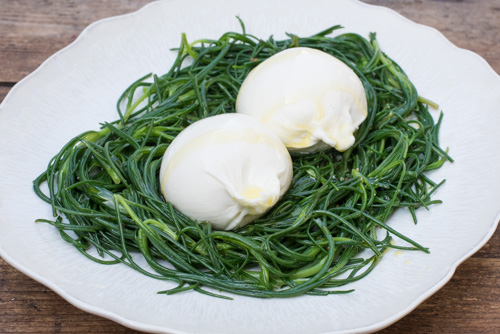
Monk’s Beard, also known as Friar’s Beard or Goat’s Beard, is a delicious Mediterranean plant, mainly cultivated in Southern Italy, Spain and Northern Africa. It looks similar to chives, but the flavour is somewhere between samphire (salty with a hint of the sea) and spinach (minerality).
It is generally served blanched, lightly fried or steamed, so that it retains its crunch. I like it best with a simple dressing of olive oil and lemon, as in this salad, but it also works well with anchovies, garlic, chilli and/or fresh herbs. With any of these additions, it makes a great side for white, flaky fish.
 Vix |
Vix |  3 Comments |
3 Comments | 
